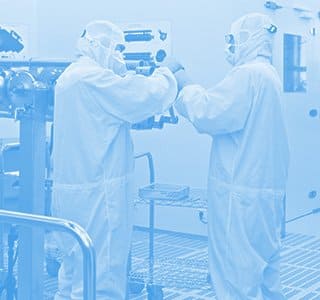
Crab Cavities for CERN
At the moment, we’re delighted to once again host Amelia Edwards from CERN, who is performing precision measurements on the final two crab cavities being built for the #HighLumi upgrade of the LHC.
These highly specialized components play a crucial role in the future of high-energy physics: starting in 2027, they will ensure that the two proton beams inside LHC collide head-on—maximizing luminosity or the information scientists can extract from the experiment. The HighLumi upgrade is set to increase luminosity by a factor of 10 compared to the current setup, and these cavities are a key part of that achievement.
Following their manufacturing, Amelia and the RI colleagues are now measuring the electric field inside them to verify that they conform to the stringent mechanical tolerances and will perform as expected.
Once they leave RI, they will continue their travel to STFC in the UK, where they will be integrated into a cryostat allowing to cool them down to ca. -275°C, their operational temperature.
By all standards, these are very cool cavities!
Ready for some fun facts?
Fun fact 1: The protons pass through these cavities with 99.9999991% of the velocity of light. So there is only about 0.000.000.001s for the electrical field in the cavity to rotate the proton beam.
Fun fact 2: Do you know why these cavities are called “crab” cavities?
The electrical field inside is designed to give the proton beam a sideways kick. So after leaving the crab cavity the proton beam moves sideways, just like a crab walking on a beach. Hence the name!
Corporate Headquarters
RI Research Instruments GmbH
Friedrich-Ebert-Straße 75
51429 Bergisch Gladbach
Germany
Tel.: +49 2204 – 7674 – 100
(New since August 2024)
Dortmund site
RI Research Instruments GmbH
Hauert 15
44227 Dortmund
Germany
Tel.: +49 2 31 – 4764 – 590
Obereschbach site
RI Research Instruments GmbH
Heinz-Fröling-Straße 3
51429 Bergisch Gladbach
Germany
Tel.: +49 2204 – 7674 – 100
(New since August 2024)

